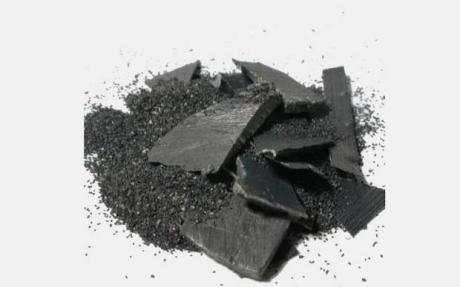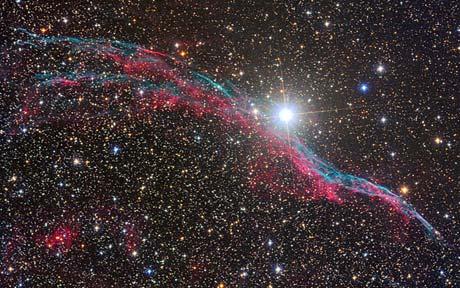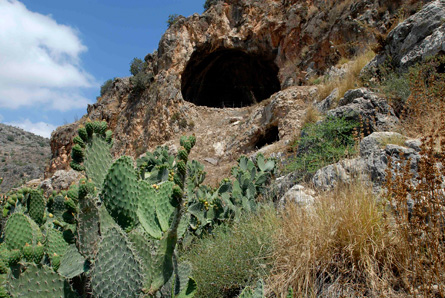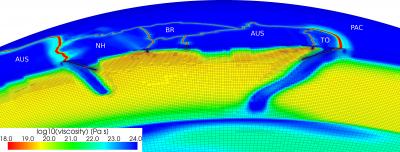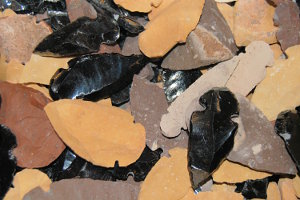
© juliaf, sxc.huA set of ancient arrows.
A team of South African researchers and scientists have found 64 000-year-old stone tools in northern KwaZulu-Natal which may help explain how the process of thought developed in humans, the University of Johannesburg (UJ) announced on Friday.
The team which was led by University of the Witwatersrand professor Lyn Wadley and included UJ lecturer Dr Marlize Lombard, believed it could be the earliest direct evidence of human-made, stone-tipped arrows.
The tools were excavated from layers of old sediment in Sibudu Cave, a sandstone cliff cave in northern KwaZulu-Natal.
"Closer inspection of the stone tools revealed remnants of blood, bone and other use-traces, that provided clues about how it was used," Lombard said in a statement.
The shape of the geometric pieces indicated where they had been impacted and damaged, and how they were joined to the handle or strap.
Researchers also detected traces of glue, made of a plant-based resin, which may have been used to fasten the pieces to a wooden or reed shaft.
